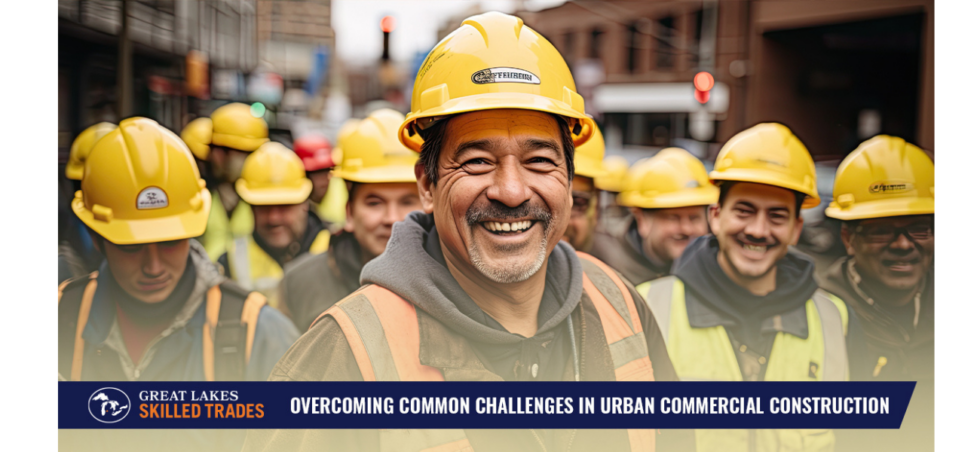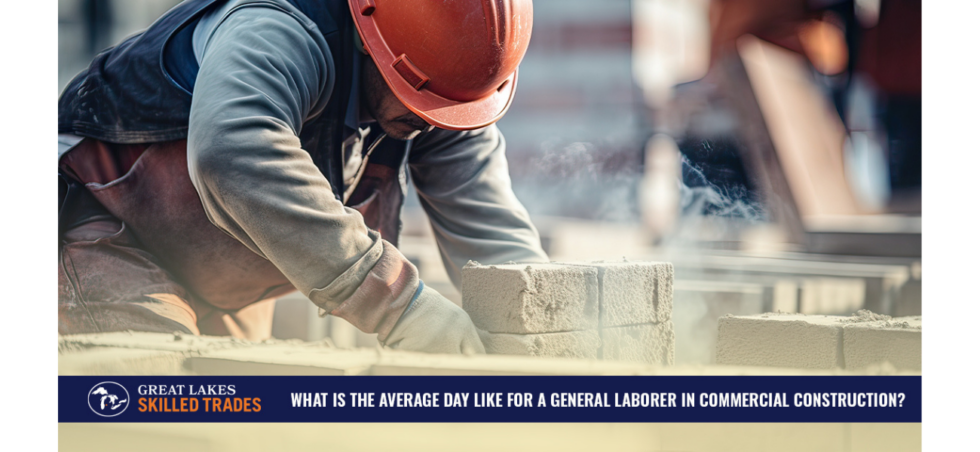Safety meetings, or toolbox talks as they’re sometimes called, have a bad rep for being time wasters. Think of all the boring safety meetings you’ve sat—or stood—through.
Sure, everyone wants to stay safe on a jobsite—but how many people look forward to another safety meeting/toolbox talk?
It doesn’t have to be that way. A safety meeting is a great way to remind employees of the safety practices that they’ve already learned, perhaps in onboarding. Also, a safety meeting is a great way to introduce new information. Maybe your company bought some new equipment, or maybe safety regulations have changed.
In this post, we’ll look at nine ideas for how you can make your regular toolbox talks something that your teams actually look forward to.
Focus on one topic
Have you heard of TED Talks? In these presentations, some of the world’s leading thinkers are challenged to “give the talk of their lives”—and do it in 18 minutes or less. The average site boss isn’t under those constraints. Too often, the temptation for bosses is to go on and on and on, making their presentation 60 to 90 minutes of boring stats, facts, and data.
It doesn’t have to be that way. Instead of trying to “fill” the meeting with information and content, focus on the one idea or concept that can really make your people safer. For example, a crew might need to discuss trenching hazards or working in cold weather or in confined spaces. Toolbox talks need to cover the information that best applies to the group that receives the talk—and that’s it. It is up to each worksite to determine what makes the most sense for them.
Keep it short
Toolbox talks should be around five to 10 minutes. That may not sound like much of a safety commitment, but just dedicating five minutes a day to deliver a safety message equates to over 20 hours of education per employee in a year’s time!
More complex topics, such as your company’s lockout/tagout procedures, may take a little longer than 10 minutes, but try to keep the meeting succinct.
Allow for employee engagement
The best safety meetings will be two-way communication. Encourage your team members to ask questions, voice concerns, and provide feedback. Maybe get workers involved by having them demonstrate a particular safe work practice. Another “trick”: Ahead of the meeting, ask trusted employees to share their own experiences, and recognize them for doing the right things. Maybe you should stop calling it a safety meeting and call it a safety conversation.
Get the boss(es) involved
Managers or supervisors should come to safety meetings. That’s a great way for them to make a “statement” about the importance of safety to the company. Have them sit in on safety meetings. They could even lead one. This shows employees that the whole company values safety.
Be punctual
Said differently, start and end your meetings on time. Starting an 8 a.m. safety meeting at 8:02 sends the message that safety’s not a priority. Ending meetings on time is equally important. There’s nothing worse than sitting in a meeting that drags on past its allotted time. Wrapping up on schedule shows that you value attendees’ time.
Include a call to action
Every meeting should have a call to action that either advances an idea or inspires people to be better. People want to know what you want them to do with the information you give them. So tell them what you expect to happen. Then give them the opportunity to put it into action.
Do your prep work
If you look unprepared, that sends a clear message—the wrong message. It says you have more important things on your list than safety. Nothing’s as important as safety—and you show that by prepping well for every meeting you lead. If you don’t look forward to toolbox talks, then nobody else will either.
Tell stories
Reach out to the “influencers” on your team. Ask them if they’ve had a profound safety experience in their career. Do they have a story of getting hurt and how it changed their life? Or maybe a near miss? Having respected coworkers share their stories can be super powerful.
Accentuate the positive
This is not the time to scold workers. Who wants to pay attention to that? Nor should you share gruesome stories/photos. A positive, encouraging approach to toolbox talks can foster stronger safety skills, better awareness, and more engagement with the company’s safety culture.
Wrapping up
Safety meetings don’t have to be boring. In fact, they can be something your team looks forward to—a great way to start the day on the right foot! The message is clear: Safety is the most important thing we will do today.








